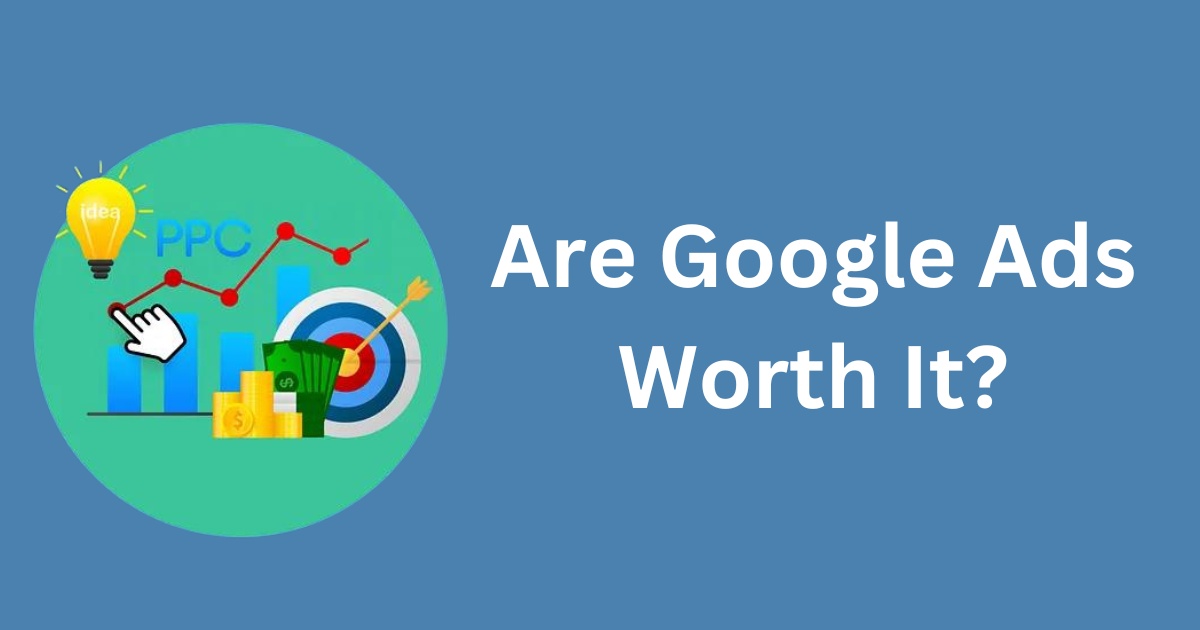
Are Google Ads Worth It? An Important Thing to Note…
Hey there, small business owners! Ever wondered if investing in Google Ads is worth it? Well, here’s a fun fact

Are Google Ads Worth It? An Important Thing to Note…
Hey there, small business owners! Ever wondered if investing in Google Ads is worth it? Well, here’s a fun fact
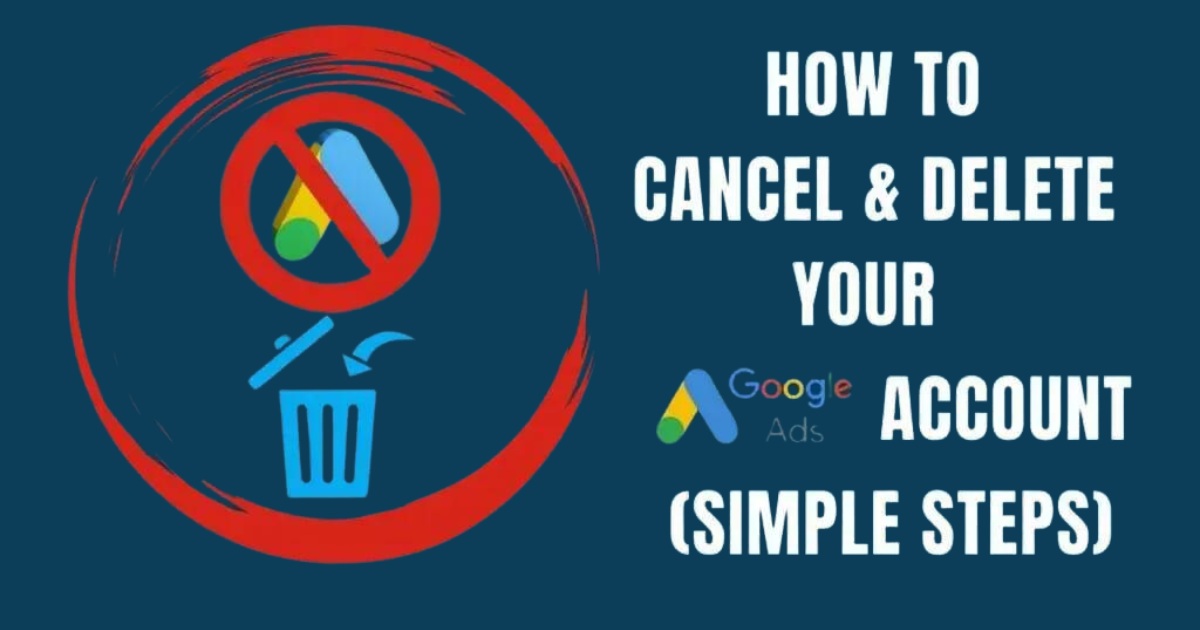
How to Cancel Google Ads: Step-By-Step Guide
Are you looking to cancel your Google Ads account? Whether you’re not seeing the desired results from your ad campaigns
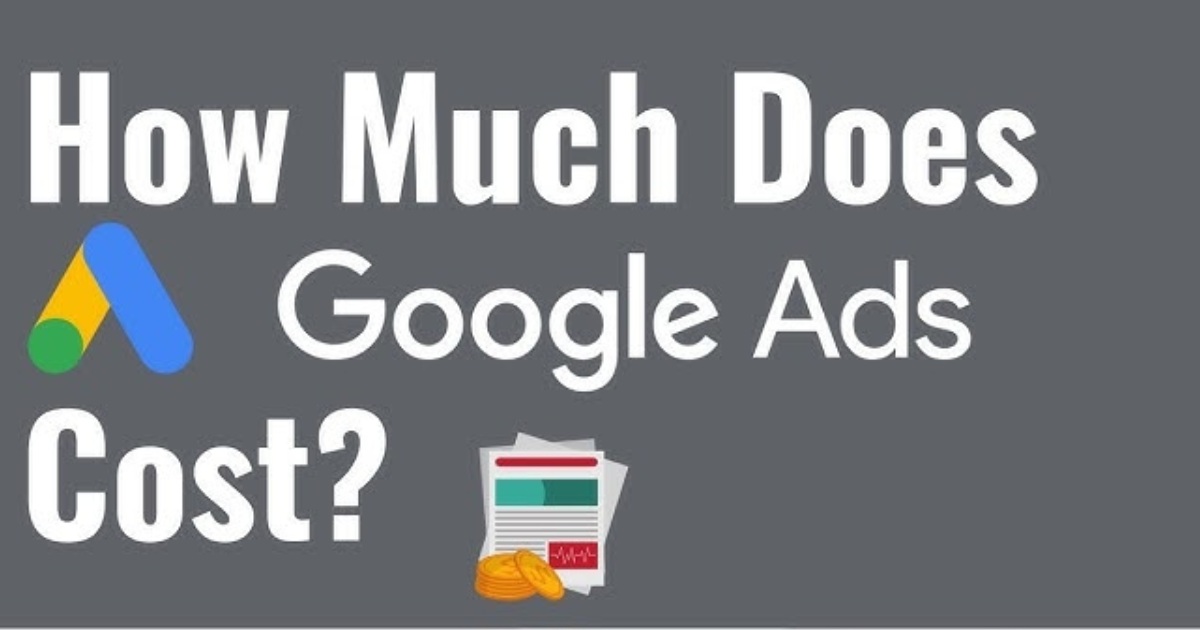
Google Ads Cost For 2024: Pricing Factors, Averages & Optimization Tips
Google Ads is one of the most popular online advertising platforms, enabling businesses to reach their target audience and drive
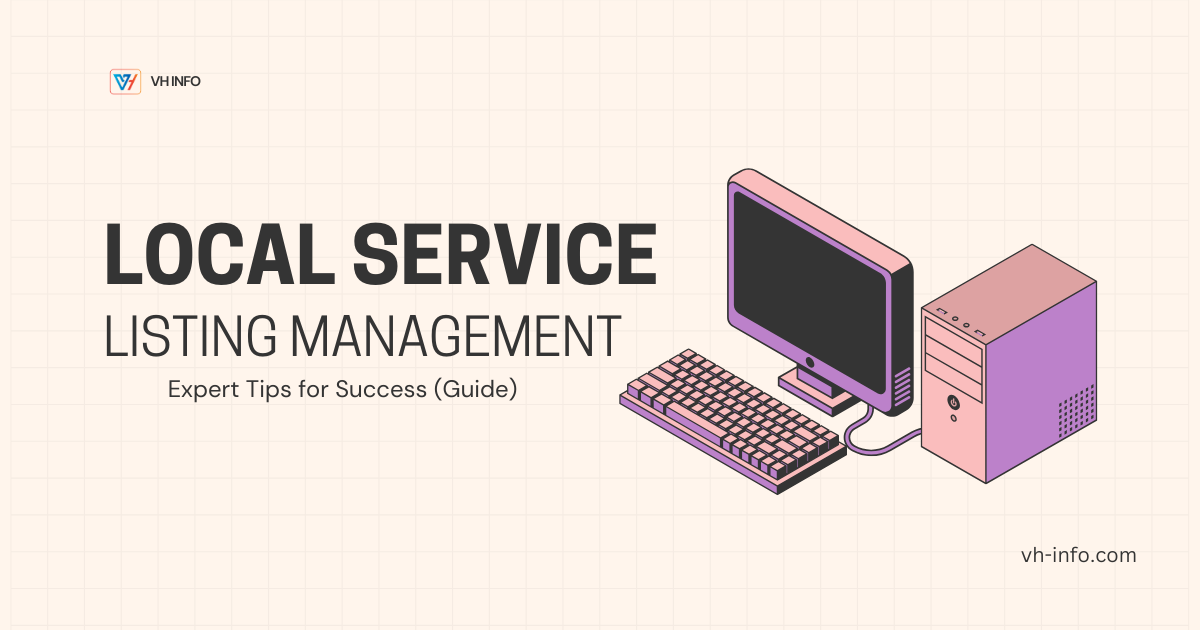
Effective Strategies for Link Building Success in 2024: 4 Mastering Link Prospecting Techniques
In the ever-evolving world of SEO, link building continues to play a vital role in improving your website visibility and
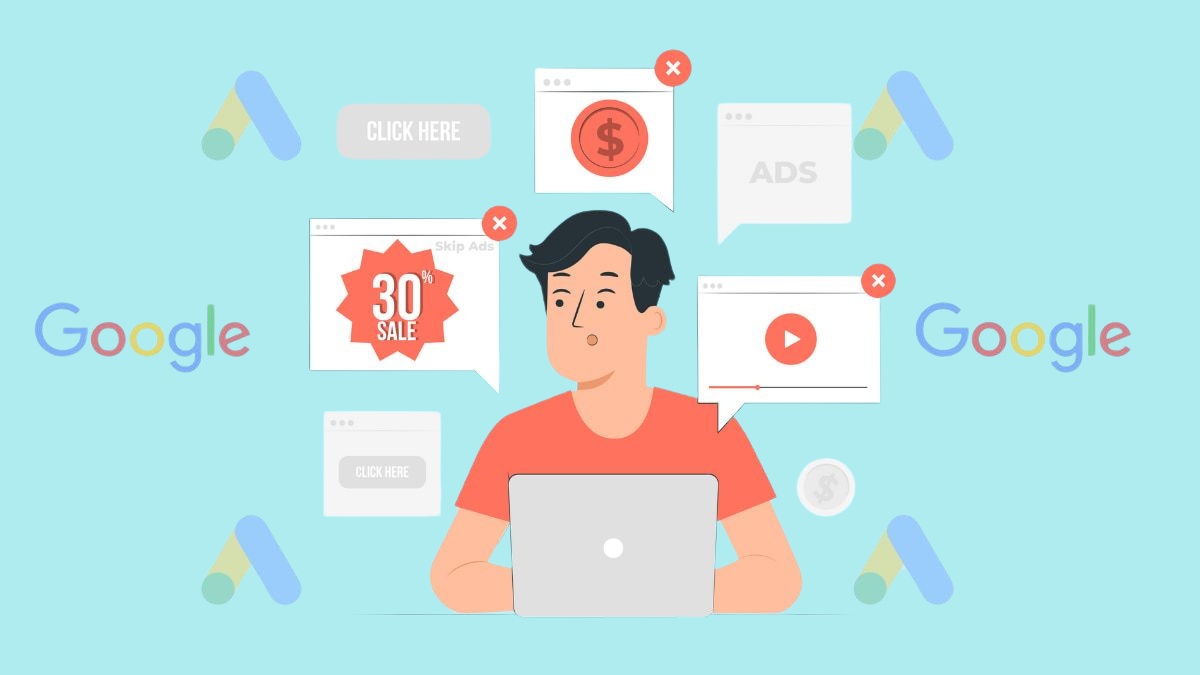
How to Run Google Ads? An Easy Guide to Start Your First Campaign
Running a successful Google Ads campaign is a must for SaaS companies who want to bring in targeted traffic and
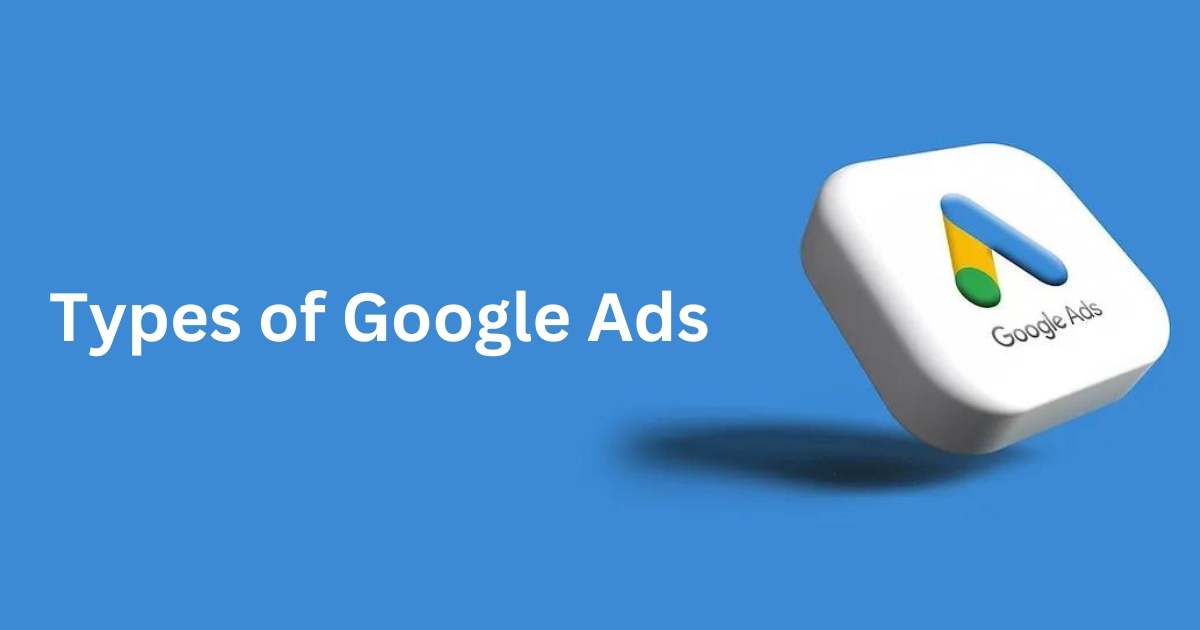
10 Types of Google Ads: Which Ones Are Right For Your Business?
Google Ads is like your best buddy in the online marketing world, helping you connect with potential customers across Google’s
WHAT WE
3rd floor, VHinfo, QRXG+CG9 Capital Market, Canal Rd, chokdi, Ravapar, Morbi, Gujarat 363641
14 Main Street, Suite 401, New York, NY 10004
Vh-info © 2025 | All Rights Reserved